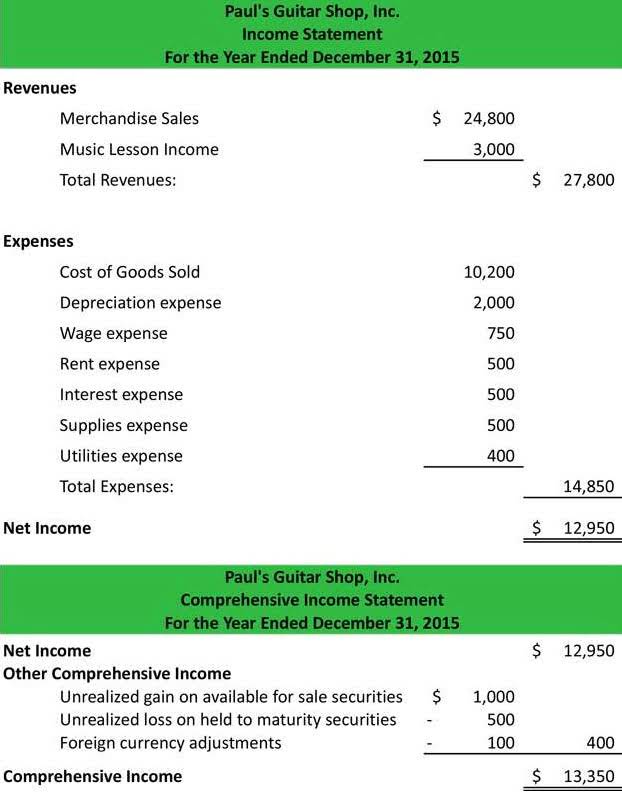
Some small business owners might prepare a single-step statement themselves without using a bookkeeper or an accountant. A multi-step statement distinguishes between a company’s daily operating activities and non-operating activities. Non-operating activities can include a range of things, from interest income on investments to a gain on multi step income statement example an asset sale to costs for settling litigation or shutting an inefficient factory. Here’s how multi-step income statements work, and how you can use one for your business. Here the operating income obtained is added to the non-operating expense, revenue, gains, and losses, where the final resultant is the net income for the period.
While the multi-step income statement provides a more detailed analysis for comprehensive decision-making, businesses should carefully weigh the potential complexities and time requirements against the benefits. Overall, the multi-step income statement remains valuable for those seeking a nuanced understanding of financial performance and a basis for strategic planning. Below, we will take a closer look at the multi-step income statement’s structure and components. We will explore how it enables a better understanding of a company’s financial performance and discuss its importance in different industries.
Understanding a Multi Step Income Statement
Add the final number as a line item under the cost of goods sold and title it Gross Profit. Having the additional breakdown is useful for lenders and investors to understand the business better and decide whether a company is worth working with. Over 1.8 million professionals use CFI to learn accounting, financial analysis, modeling and more. Start with a free account to explore 20+ always-free courses and hundreds of finance templates and cheat sheets.
- Tickmark, Inc. and its affiliates do not provide legal, tax or accounting advice.
- Understanding its advantages and limitations is crucial to making informed decisions on financial reporting methods, ensuring the chosen approach aligns with their operational scale and objectives.
- The second section, non-operating income, calculates the net income from operations.
- This would include cost of goods sold, as well as costs such as advertising expenses, salaries and administrative expenses, including office supplies and rent.
- Multi-step statements provide the detail necessary for analysis and making decisions, both internally by business managers and externally by lenders and investors.
- Should you be interested, please read more about operating cash flow, and how to manage it.
The important subtotals on the multiple-step income statement are convenient for the reader/user of the income statement. Once you have completed all the steps to prepare a multi-step income statement, your income statement will appear as the sample given below. For instance, obsessing over marginal changes in individual expense categories might overshadow the broader financial health of the company. For example, a startup with limited resources might find the time commitment a significant consideration, especially when quick financial reporting is crucial in dynamic business environments. It helps understand a company’s revenue efficiency after accounting for direct production costs of goods and services. There may be a couple of entries or many, depending on the size and complexity of the business.
The Formula of Multi-Step Income Statement
The gain may be a one-time item such as a winning lawsuit or insurance settlement. The gain does not relate to the company’s core business activities, so it is listed in the non-operating section of the income statement. Non-operating items such as interest income and expenses, and income tax expense, significantly influence the income statement. These items, not directly related to the core business operations, are presented separately in the multi-step income statement to distinguish between the operating and non-operating aspects of a company’s financial performance. Operating income, interchangeably referred to as operating profit, is a pivotal business metric.
- For a company that sells goods (merchandise, products) the first subtotal is the amount of gross profit.
- Note that any sales discounts and allowances are also subtracted from sales revenues in this section.
- The operating section contains information about revenues and expenses of the principle business activities.
- A very small business like a sole proprietorship is more likely to prepare a single step income statement.
- We will look at the income statement only as the other statements have been discussed previously.
- It provides a level of granularity that can be particularly useful in sectors where profitability hinges on multiple revenue streams and expense categories.
It is called a multi-step statement because it shows a business’s profitability in a series of steps. Each step involves a calculation of income minus relevant expenses at particular points in the income statement. A multi-step income statement is a financial statement that presents a company’s revenue, expenses, and net income in a more detailed and comprehensive manner than a single-step income statement. The main purpose of preparing a multi-step income statement is to provide insights into a company’s overall financial performance. The major headings on a multi-step income statement are revenue, gross profit, operating income, non-operating income, and net income. Together, these sections provide a detailed overview of a company’s financial performance.
What are the 3 Main Parts of a Multi Step Income Statement?
The single-step income statement skips the calculation of gross profit and operating profit, instead focusing on the bottom line– net income. The multi-step income statement calculates gross profit, operating profit, and net income. Given the gross profit of Apple for each period, the next step is to subtract operating expenses to determine the company’s operating profit in each fiscal year. In the end, the main purpose of all profit and loss statements is to communicate the profitability and business activities of the company with end users. This detailed breakdown of the income multi-step statements keeps stakeholders in the current of the financial performance, allowing for better decision-making processes and strategic planning.

